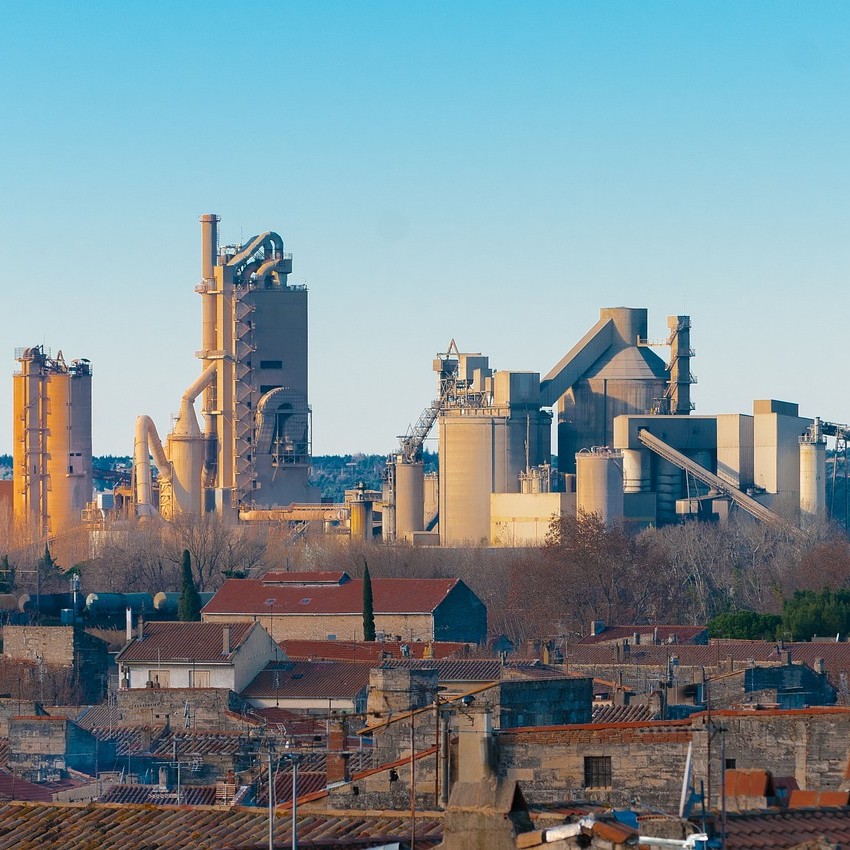Published:

Almost every large company in the world has used fossil fuels at some point, whether at a federal level or a state level. are being placed on how certain corporations handle their carbon footprint. While some companies have pledged toward a more carbon-neutral future, reaching those sustainability goals takes time, effort, and money. This has led to a new industry solely based on carbon dioxide extraction from the atmosphere. The carbon capture and storage industry is on the rise, with companies investing millions into reducing their carbon credit and billionaires launching their start-ups in the sector.
The first carbon capture plant in the USA was recently created by in Tracy, California. The plant vacuums in greenhouse gases from the air and, in with CarbonCure Technologies, seals the carbon dioxide into concrete. Sealing the gasses in is a permanent solution and stops the carbon dioxide from harming the earth. This is one of the few processes that permanently extract carbon from the air. Although this process sounds very beneficial, the industry is still in its infancy. The Heirloom plant is the first in the United States and can only take out approximately of carbon dioxide. Five thousand tons is equivalent to around the carbon footprint of .
The USA is not the only country pursuing this new market. For example, hundreds of smaller units are being placed around in Kenya. These units are much smaller and inconspicuous, resembling an unit. Each unit is expected to extract around 10 tons of annually. More containers are also currently operating outside of Reykjavik, Iceland. These plants store the captured gasses permanently. Although these processes benefit the environment, they have steep costs to keep it running.
The engineering behind this process is very cool, but the business implications are the most exciting part of this new industry. While some of the plants are already running off of public funds, the primary backing is expected to come from . The business model behind carbon capture is the expectation that larger companies with large carbon footprints will pay these companies, like Heirloom, to pay off their “.” Heirloom is already with companies such as Microsoft and Shopify. For example, Microsoft signed a deal for Heirloom to remove of carbon dioxide for Microsoft.
While this process is exciting and looks beneficial at a surface level, some skeptics warn of its possible adverse effects. Certain believe that the new technology could be seen as an excuse for oil companies to continue their practices. This is already evident in , an oil and gas company that has already started its investment in carbon capture technology. Richard Jackson, Occidental’s president of carbon management, states that this technology could lead to gas and oil.
Direct carbon capture is one of the most interesting new technologies currently on the market. It is one of the few industries whose sole purpose is to reverse the acts of climate change. While some people are skeptical of how it will be used, others see it as a needed tool in the fight to become more carbon-neutral. This market is still emerging, and the infrastructure required to make a global impact will take time to build up. It will be essential to watch how this new technology is used and what people will decide to use it for.
File under